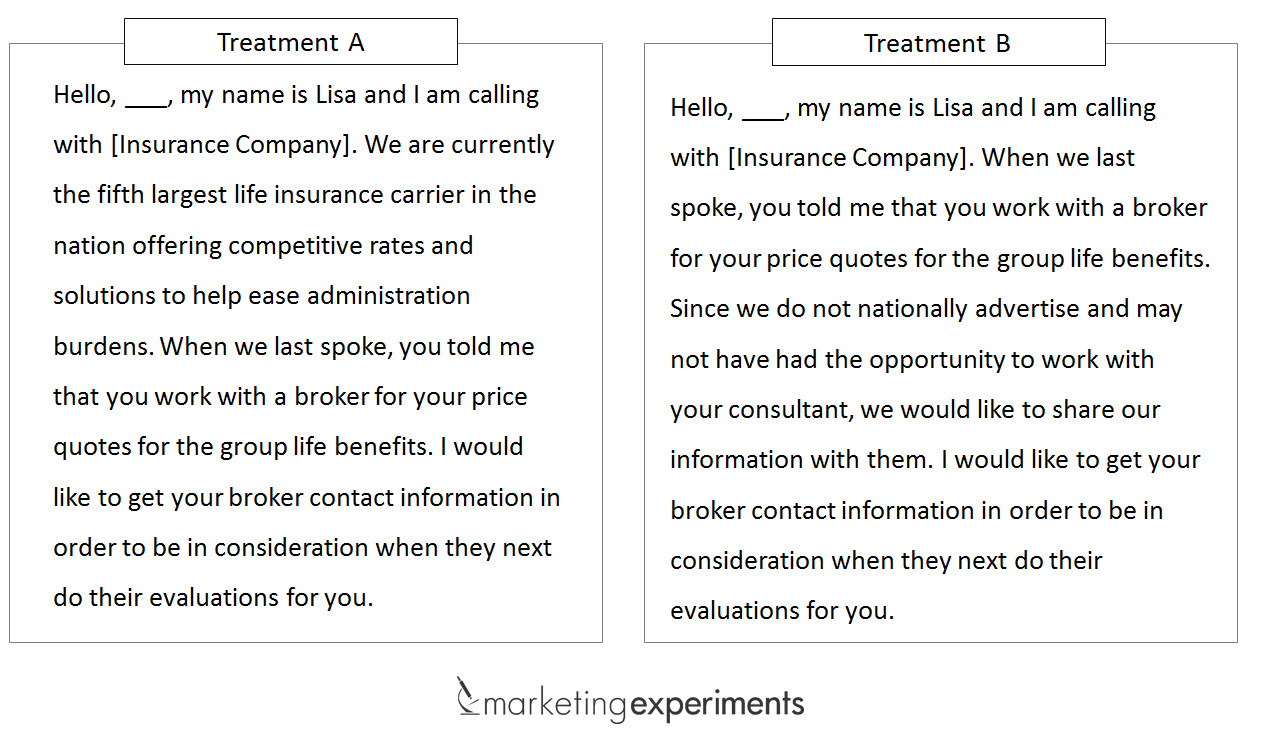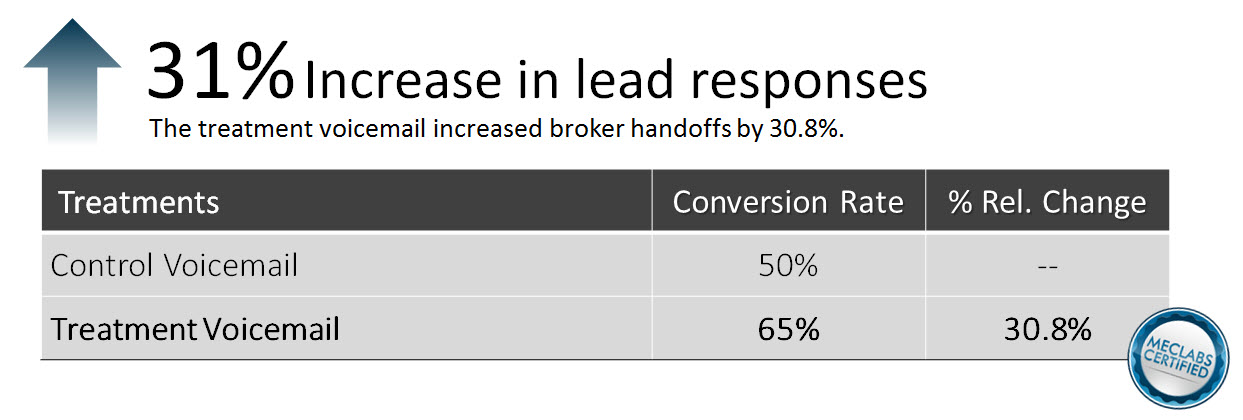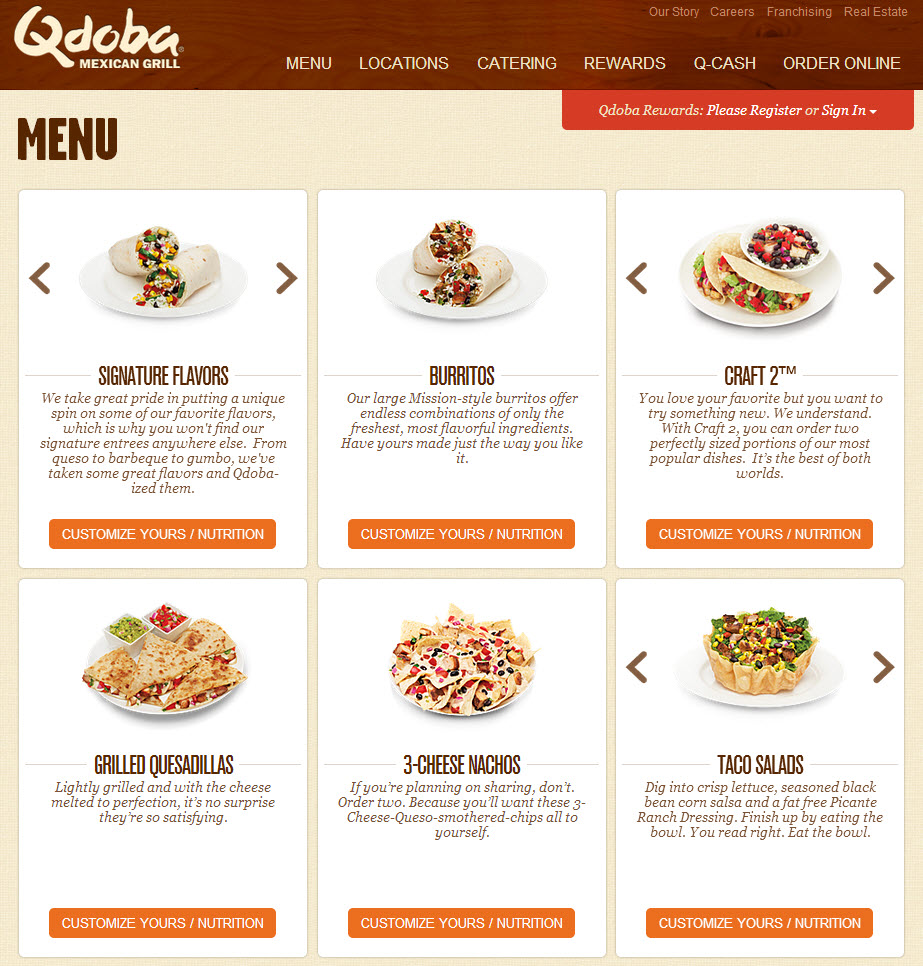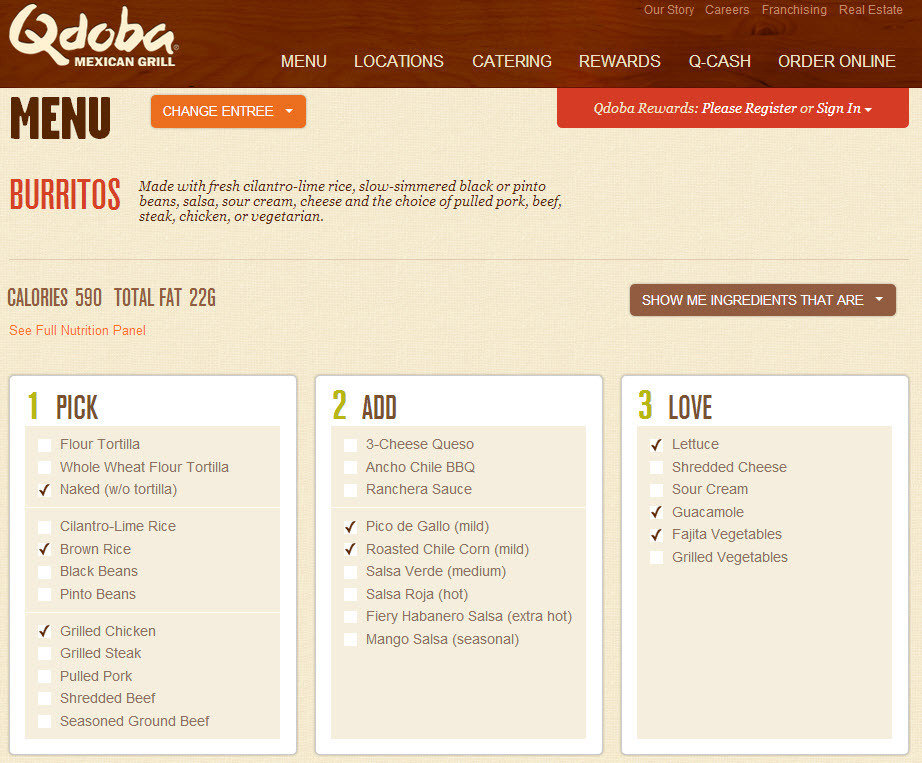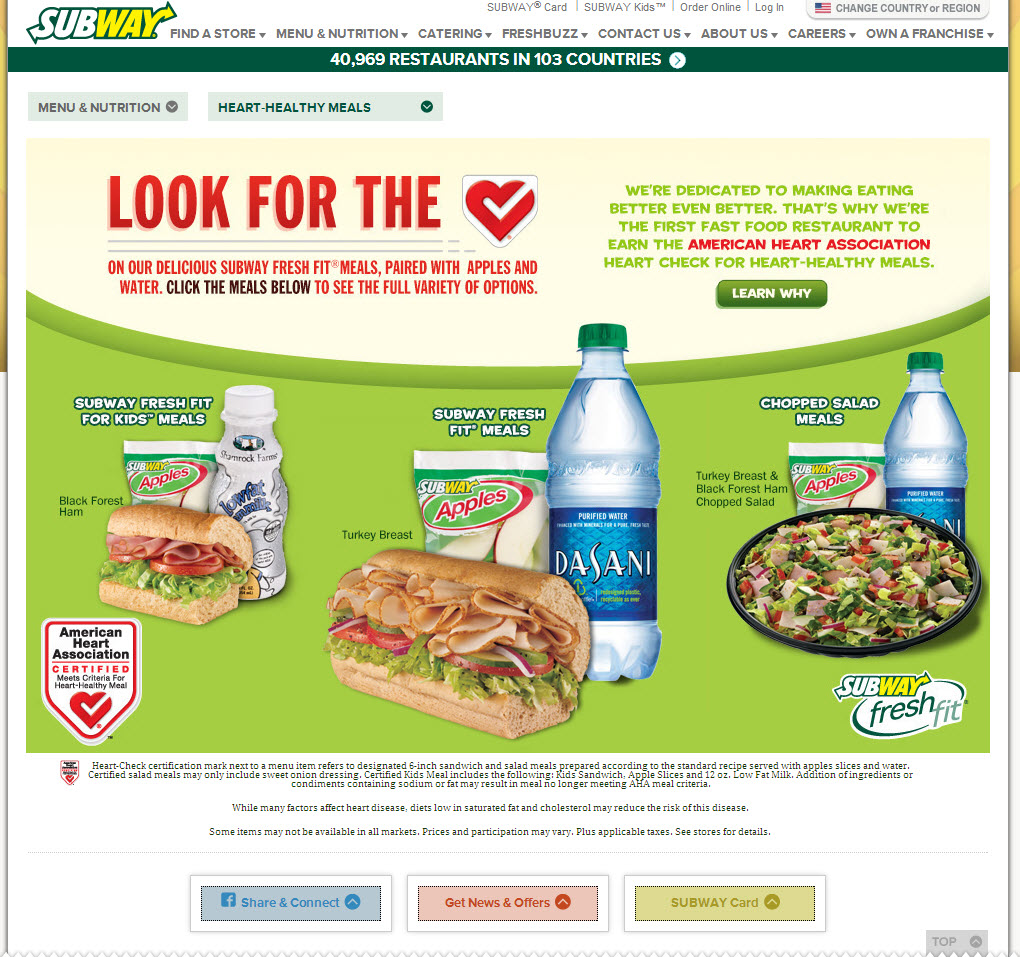Lead Generation: Does your teleprospecting deliver value to prospects?
Originally published on B2B LeadBlog
Lead generation teleprospecting is the art of acquiring sales-ready leads for a sales staff.
When it comes to communicating an organization’s value and credibility, asking the right questions and relieving any anxiety is key to a campaign’s success.
Consequently, wouldn’t it make sense to test and optimize this process?
After all, the knowledge you acquire can be applied to several facets of your marketing efforts, including what you emphasize online.
My goal for today’s B2B Lead Roundtable Blog post is to hopefully influence your approach to lead generation with a few insights that you can use to determine where to find the most improvement in your teleprospecting efforts.
Do you deliver value and mitigate anxiety?
The first thing to consider when launching a lead gen teleprospecting campaign is to make sure that your value and anxiety relief efforts are geared toward your target market.
In fact, a lead generation Research Partner of ours at MECLABS wanted to discover new strategies to increase engagement and encourage deeper conversation. As a result, we ran a test and came away with a discovery and a lift.
Company: A large, well-known insurance carrier.
Goal: To increase the number of lead responses to a scripted voicemail.
Primary Research Question: Which voicemail script will generate the most lead responses?
Approach: A/B single factor split test
In Treatment A, the focus was on building trust by mentioning the size of the company as the fifth largest carrier.
In Treatment B, the focus was on sharing valuable information that is not nationally advertised.
Results
Treatment B was the winner, resulting in a 30.8% lift over Treatment A and in attaining broker information from the decision-maker at an 88% level of confidence.
Although 88% is not ideal compared against the common standard of a 95% level of confidence, you always have to consider the best approach to validity starts with understanding your testing circumstances and using the best option available those circumstances will allow.
So why did we see such an increase from making just a few subtle changes?
One hypothesis is in the value proposition of the script itself. Offering exclusivity at the right time to the right person can help your efforts to move from conversation to conversion.
Test phone calls to learn more about your prospects
If you run a teleprospecting campaign, consider testing your approach to acquiring new leads.
You can determine the specific needs of your client or partner, discover future needs or gain access to third-party vendors that can result in more than just one sales-ready lead.
Testing can also lead to a wide variety of discoveries about your ideal prospects and create multiple opportunities that can benefit your marketing efforts beyond the telephone.
You may also like
Email Marketing: Do you test your legacy marketing? [More from the blogs]
Value Proposition: What motivates prospects to buy from you? [More from the blogs]
Marketing Strategy: 3 steps to help optimize website user experience [More from the blogs]



